“I listen to Istanbul, my eyes closed…”
Pavel and Anastasia Khoroshilov’s collection
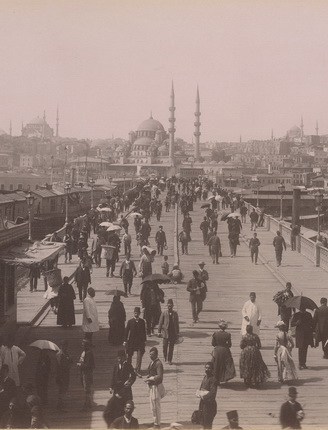
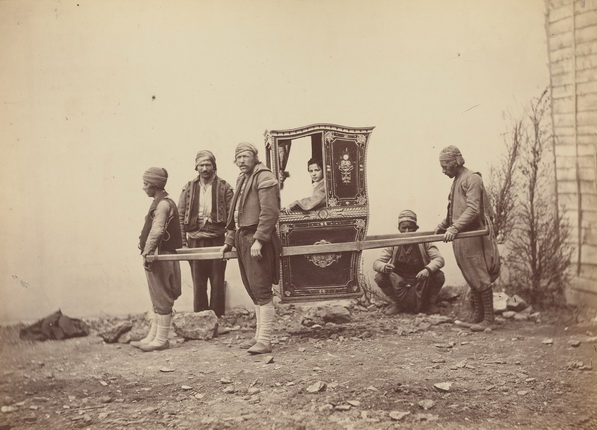
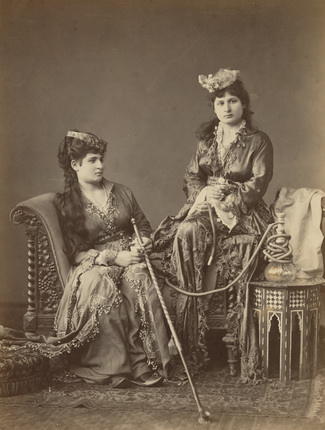
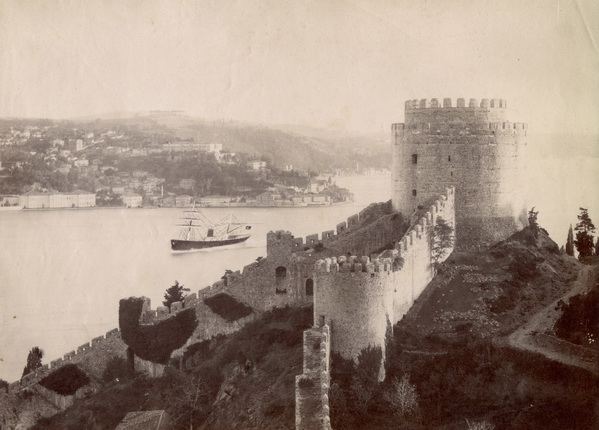
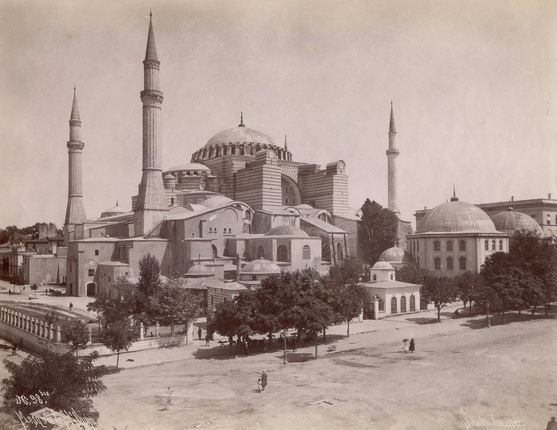
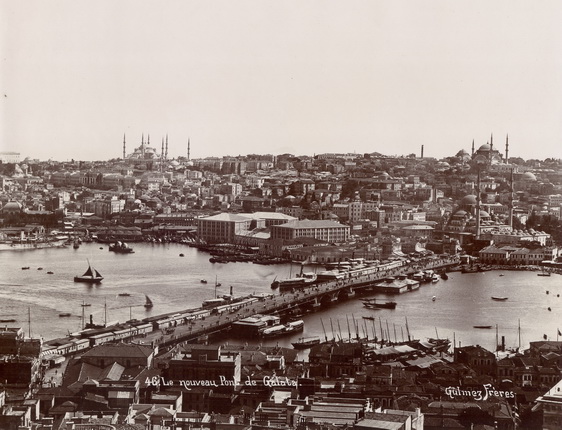
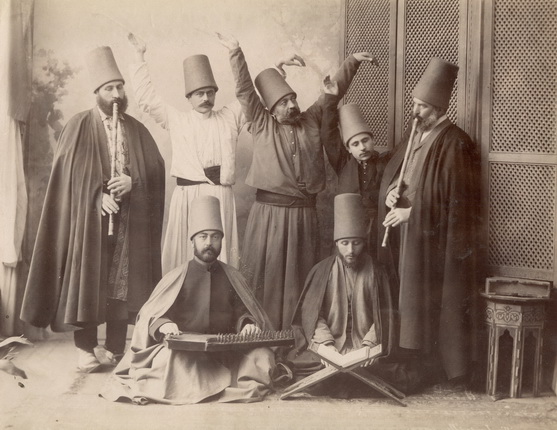
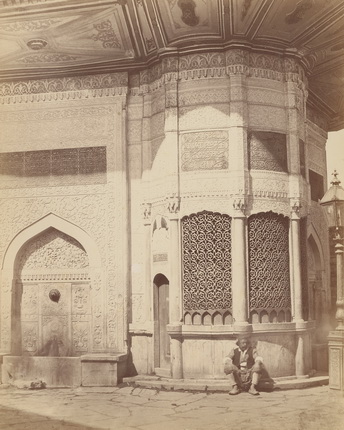
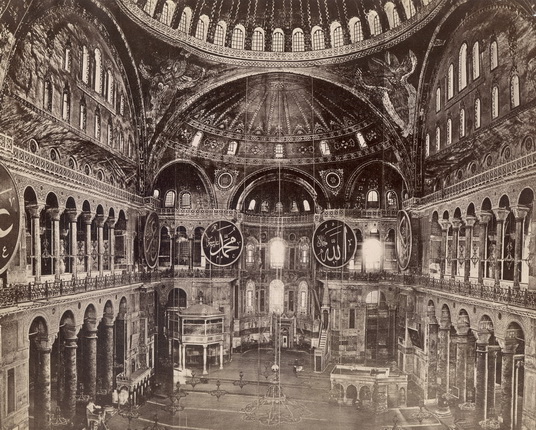
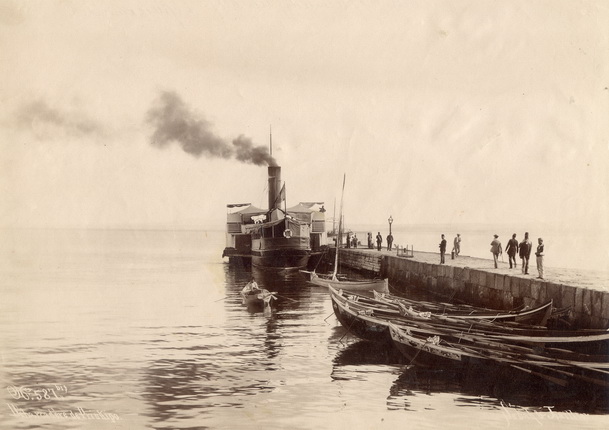
Sebah & Joaillier. Galata bridge. 1885
Abdula Freres. A Turkish woman in a Turkish tahtırevan. 1865
Abdullah Freres. Turkish women. 1865
Sebah & Joaillier. View on the Bosphorus with the Castles of Europe and Asia. 1880s
Sebah & Joaillier. Hagia Sophia. 1880s
Gulmez Fréres. Panorama of Constantinople. View on the Golden Horn and the Galata Bridge. 1870s
Sebah & Joaillier. Dervishes. 1880s
Abdula Freres. Fountain of Sultan Ahmed III. Istanbul. 1865
Pascal Sebah. Interior of the Hagia Sophia. 1860-1870s
Sebah & Joaillier. Landing on the ship. Prince’ Islands. Constantinople. 1880s
Moscow, 17.09.2016—16.10.2016
exhibition is over
Share with friends
For the press
I close my eyes and listen, this is Istanbul
Birds slowly circling over Bosporus,
And voices of the tired fishermen,
The splash of nets, that tremble, sliding,
A gentle female foot is touching water,
And, listening to Istanbul, I close my eyes
Orhan Veli Kanik*
The amazing history of Byzantium — Constantinople — Istanbul stretches back for millennia. During this period, it witnessed numerous transformations, having been the capital of three empires — of the Roman Empire, the Byzantium, and the Ottoman Empire. Since its foundation on the peninsular shaped by the Bosphorus Strait, the Golden Horn Bay and the Sea of Marmara, due to its special geographical position on the border separating Europe and Asia, the city have always been a strategic bridge connecting politicians, diplomats, public and cultural figures from different countries.
Constantinople has always drawn Russia’s eyes, and the modern Istanbul arouses the same interest. It was through Byzantium that Rus was exposed to the abundant heritage of the Antiquity, the achievements of European culture and science. Slavic people knew Constantinople as Tsargrad (or the city where the emperor — tsar — lives). Russian folk tales associate Tsargrad with the notion of a certain overseas country and its numerous miracles. The adoption of Christianity considerably strengthened commercial and political ties between the two countries. During the following centuries, the Russian Empire regarded itself as the successor of Byzantium’s spiritual values.
This exhibition showcases a collection of Constantinople photos from the second half of the XIX century. The history of Turkish photography started in 1843, when Frenchman Joseph-Philibert Girault de Prangey created a daguerreotype — a panorama of Constantinople. Europeans were the first photographers of the Ottoman Empire: in 1845 brothers Carlo and Giovanni Naya from Venice opened a photographic portrait studio in the center of Turkish capital. James Robertson, a famous photographer from Britain, worked in Constantinople in 1851–1854. Numerous photo studios appeared in the Grande Rue de Péra, where to foreign embassies and offices of western companies were located, in 1850s. Their main customers were European travelers, scientists, writers, artists and architects who wanted to acquire the images of the Turkish capital as souvenirs featuring oriental flavor. Photography saw further development during the rule of sultan Abdul Hamid II (1876–1909) who was a photographer himself and paid great attention to the photographic documentation of architectural monuments and crucial developments in the capital of the Ottoman Empire.
The favorite motifs of local photographers were the shots of mosques (Hagia Sophia, or «Holy Wisdom» in Byzantine Greek, is the symbol of the city), extravagant palaces, ancient fortresses Rumelihisarı and Yedikule, surviving ancient and Byzantium monuments, the Galata Bridge and the Bosphorus, seascapes and the portraits of people populating the multiethnic empire. In the course of three decades, in 1850s—1880s, Pascal Sébah was regarded as the main photographer of Constantinople. His rivals were Guillaume Berggren and the family enterprises — studios of Gulmez Fréres and Abdullah Fréres who won fame with their photographic views and portraits of public figures. On the decease of Pascal Sébah in 1886, his son, Jean Pascal Sébah, succeeded his father and was no less famous as a photographer. In 1880s he cooperated with Frenchman Polycarpe Joaillier. Since 1870s, photo studios appeared beyond the limits of the Turkish capital. So, Frenchmen Alphonse Rubellin opened a studio in Izmir where one could purchase views of the city and photographs of the ancient monuments in Smyrna.
The panorama of Constantinople shot by Pascal Sébah in 1872 takes up the central part of the display. Photographic views of the Turkish capital shot from the Beyazıt and Galata towers offered a picturesque view upon the city and were in great demand with tourists. The creation of such panoramas required great photographic skills as the composition was assembled from 10-12 well fitted frames.
This is how photographers of the mid — late XIX century saw Constantinople. The surviving shots give us an opportunity to witness the photographic history of one of the most beautiful cities in the world.
* - translated into English from the Russian version; Russian translation: Marina Ahmedova-Konyubakina; English translation: Andrei Patrikeyev.





